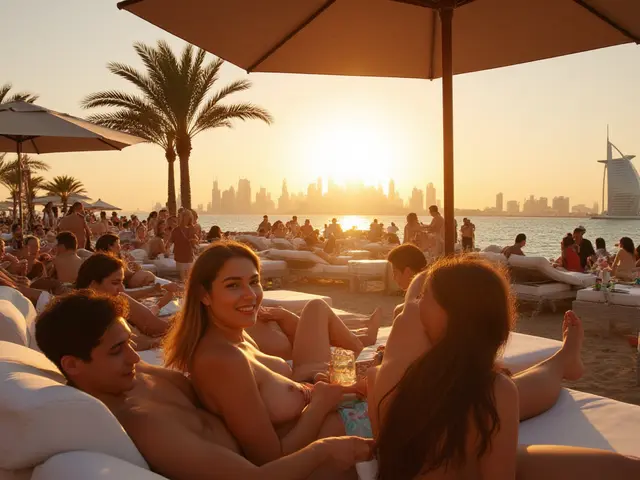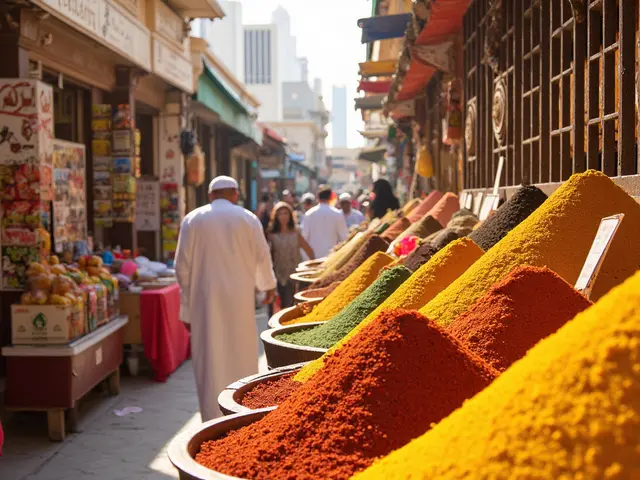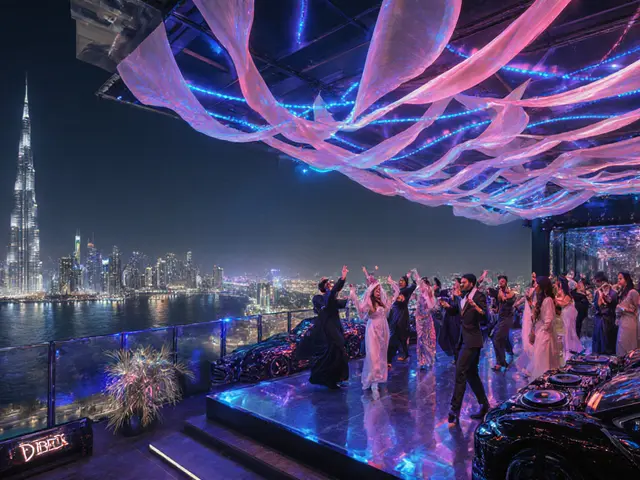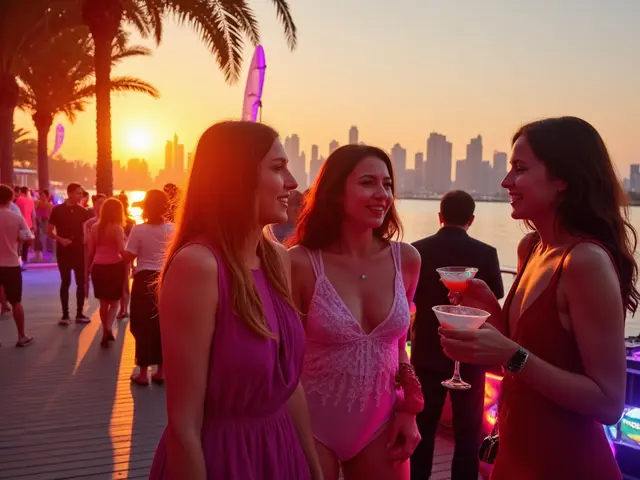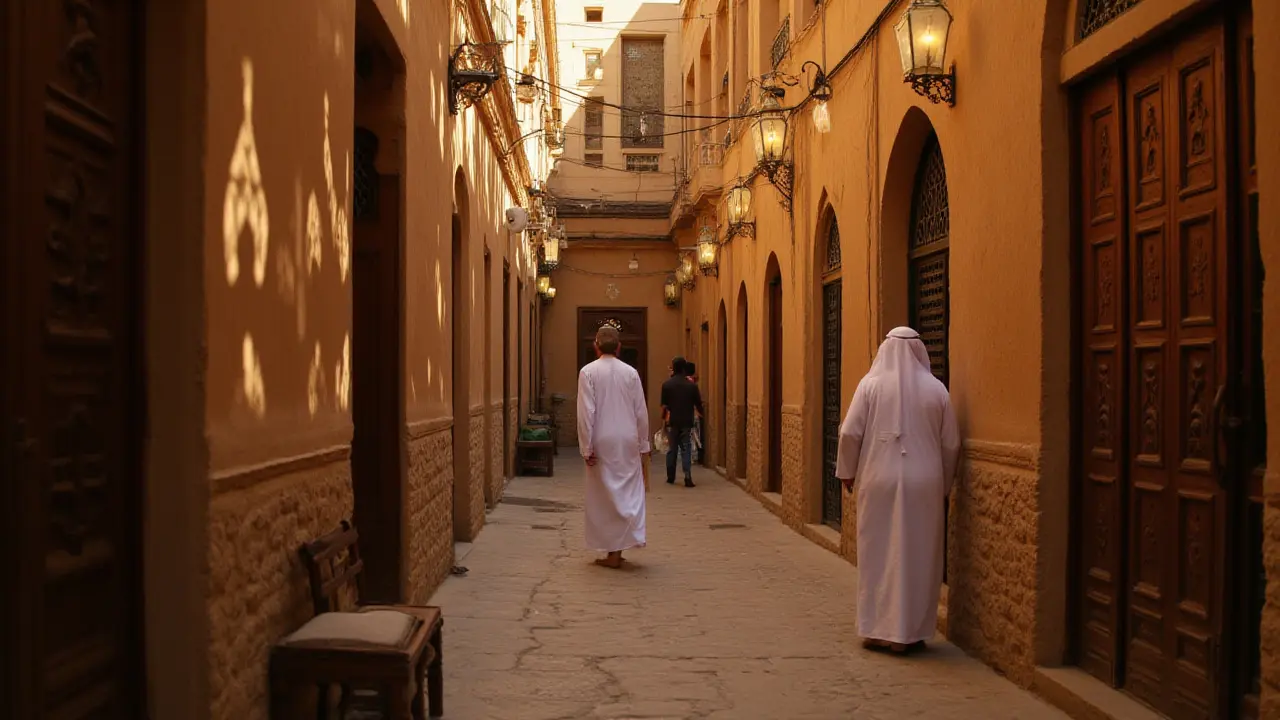
If your idea of Dubai is all record-breaking towers and glitzy malls, you haven’t even scratched the surface. This city guards its hidden gems fiercely—tucked-away forts, ancient souks that smell of frankincense, and moments where time seems to press pause. For those willing to look past the obvious, you’ll find history beneath the glass and steel, and the stories are anything but ordinary.
Old Dubai’s Secrets: Traditions Anchored in History
Let’s cut through the skyscrapers and start where it all began: Al Fahidi Historical Neighborhood. People talk about the Burj Dubai, but how often do you hear locals mention Bastakiya? It’s one of the oldest quarters left standing, whispering tales of merchants from Iran who built wind-tower houses (barajeel) in the late 19th century. Step here and you’ll sense how life flowed before air-conditioning: narrow lanes stay cool, sand-coloured homes hug each other for shade, and deep inside the alleys, coffee houses serve spicy Emirati brews.
Here’s the trick: arrive early, before the tour groups, and browse the art galleries lining these stone corridors. They’re run by artists proud to show off work inspired by Emirati folklore. If you drop by during Sikka Art Fair in March, you’ll see this area burst alive with murals and local music—watch the events calendar, because these pop-ups don’t always make the tourist guides.
Cross the creek—a short, breezy abra ride—to Deira, and history stays alive. Wander through the Gold Souk, but if crowds aren't your thing, the Perfume Souk nearby is less known. Ask for oud (the smoky, precious scent at the heart of UAE perfumery); shopkeepers often offer a spritz and, if you’re lucky, share origin stories passed through generations. These souks might look like they’re for tourists, but you’ll spot Emiratis bargaining for wedding jewels and spices just like they did decades ago.
For something deeper: peek into the Dubai Museum, inside Al Fahidi Fort. It’s not slick, but the dioramas—fishermen in wooden boats, Bedouin tent scenes—are a jolt back to pearl-diving days when Dubai relied more on the sea than skyscrapers. You can also see old weapons, musical instruments, and a model dhow (local sailboat). Kids tend to love the shadowy exhibits and the chance to duck into a real former fortress.
Uncovering Dubai’s Lesser-Known Historical Sites
Dubai’s rushing forward, but some historical landmarks barely get a look-in even from locals. Take the Jumeirah Archaeological Site: unless you’re up on Dubai trivia, you probably don’t know it’s one of the oldest settlements here, dating back to the 6th century. You can’t just wander in—it’s closed to casual visitors—but if you schedule ahead with the Dubai Culture & Arts Authority, you’ll walk sandy paths and examine pottery fragments, the bones of camels and sheep. Some students on school field trips stand right where ancient traders once stopped on the caravan route that hugged this coast.
Drive southwest, and the Saruq Al Hadid Archaeological Museum opens another secret window into Dubai’s past. This site, found by accident when His Highness Sheikh Mohammed spotted odd patches from a helicopter, turned out to be the centre of the Iron Age metalwork in the region. In the museum, you can see jewelry, tools, and even puzzles—kids and adults can try assembling pieces as the early craftsmen once did. There’s nothing flashy here, but the sense of discovery is real.
Booming construction often hides gems in plain sight. The Al Shindagha Museum sits by Dubai Creek, set in lovingly restored houses. You get tactile displays here: water purification demos, digital interactives narrating the transformation from pearl diving to oil-rich city, and even incense workshops to sample Arabian scents. Regular events invite families to take part in storytelling circles—details usually pop up on the museum’s Instagram, so keep an eye out if you want in.
If ruins are more your thing, Hatta Heritage Village blends steep mountain views with reconstructed mud houses and watchtowers. It’s cooler up in Hatta, which makes it good for a family day-trip, especially in winter. The wadi (dry riverbed) just outside the village is a clever bonus: after exploring, head out for a picnic by cool running water, a rarity in the UAE.
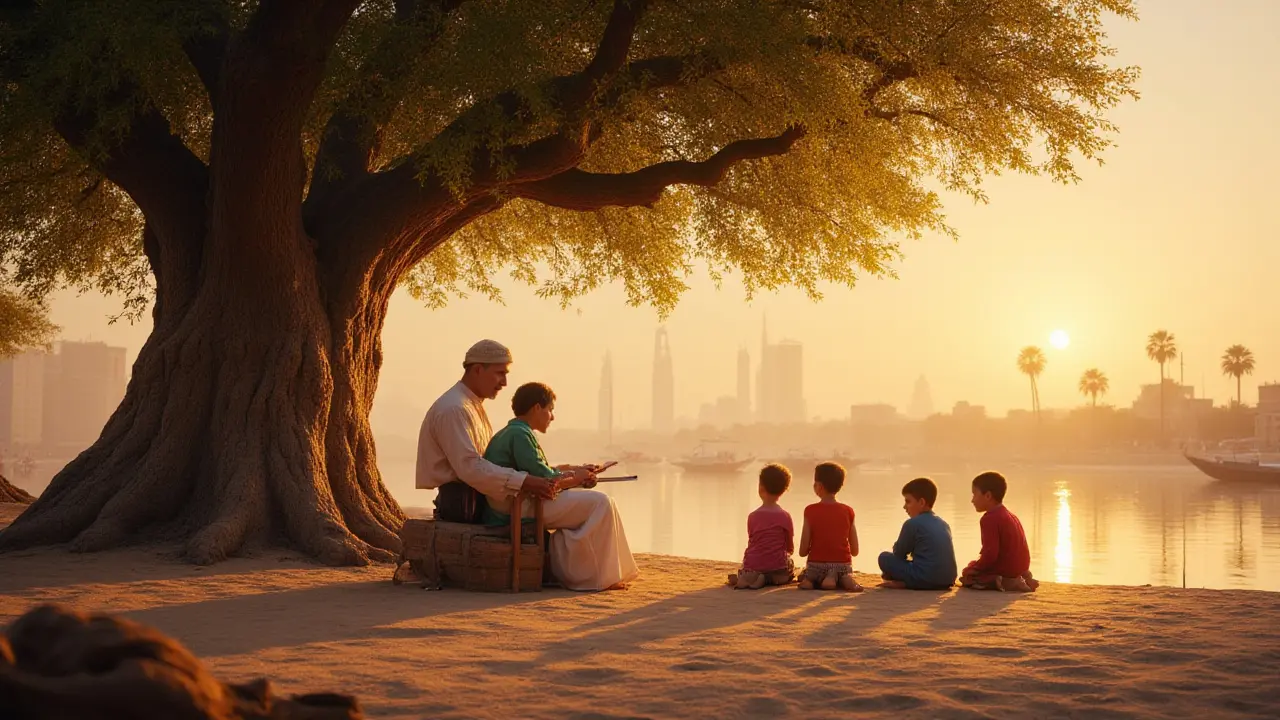
Modern Marvels with Deep Roots
It sounds strange, but some of Dubai’s newest attractions actually spotlight heritage better than old ruins. The Etihad Museum is hard to miss—designed to look like a manuscript, it sits on the very spot where the UAE was founded. People forget this is modern history: elders alive today remember the signing of the Union agreement. Inside, digital timelines, interviews with original rulers, and artifacts like the founder’s personal pens give a raw sense of how young the nation is. School groups often fill the foyer, but mid-week visits are calmer, and staff are usually happy to offer an unscripted fact or two if you ask.
In Downtown Dubai, Dubai Opera has that out-there architecture, shaped like a dhow to honor the city’s trading past. But beyond the headline shows, it hosts heritage nights dedicated to classical Arab poets and oud musicians. If you want a taste of the old blended with the sleek, these one-off evenings are magic. Tickets sell out fast, so booking early is a must—it’s a favorite among culture-seeking expats and Emiratis alike.
Speaking of blending old and new, City Walk's murals regularly feature famous figures from UAE heritage, and their street festivals showcase folk dances from around the region. The shops and restaurants may be modern, but street performances bring old fishermen’s songs back to life.
Not all history is centuries-old. The Dubai Frame, a bold, gold landmark, literally frames the story of old and new Dubai side by side—the view across Deira’s rooftops on one side, sparkling towers on the other. Downstairs, digital exhibits map the evolution from desert town to metropolis. Trivia: about 10,000 tons of steel hold the frame together, making it a hidden engineering marvel too (here’s a fun fact to toss out while you’re on the Sky Deck, which is 150 meters high).
Tips for Exploring Dubai’s Historical Landmarks
Let’s talk strategy. Dubai summers keep most folks indoors, but secret landmarks are best seen early in the morning or right after sunset. That’s when the neighborhoods feel most alive. Carry water and a hat—it’s humid even at sunset. And if you’re planning on mosques or heritage areas, modest clothing (knees and shoulders covered) goes a long way, both for comfort and respect.
- Most historical sites can be reached by public transport—the Metro stops at Al Fahidi and Al Ghubaiba for the Old Dubai landmarks. The RTA water taxis (abras) across Dubai Creek cost less than a coffee at Starbucks and deliver unbeatable city views. Taxis and ride-shares like Careem are easy to use and worth it if you’re heading out to Hatta or Saruq Al Hadid.
- Emirati culture prizes hospitality, so don’t be afraid to ask guides or locals for extra insights—you may end up with a personal anecdote or invite to a cup of gahwa (coffee).
- Key events like Dubai Shopping Festival or National Day celebrations turn these landmarks into community hubs, with extra tours, food stalls, and live music.
- Some museums and villages offer free entry on certain UAE holidays, especially around December 2nd (National Day) and during Ramadan. Check their official websites or Instagram for updates before you go.
- Dubai is accessible, but some historic sites have uneven steps or tight corners—call ahead if you have mobility needs.
- Bargaining is expected in the souks, but keep it friendly. Shop owners appreciate a bit of banter—it’s about the dance, not just the dirhams.
If you want the stories behind the stones, local tour guides like those from ‘Heritage Express’ or ‘Dubai By Foot’ run small-group walks with real-time Emirati hosts. Their spin isn’t scripted—they’ll share tales about family traditions, past fears, and hopes for the city’s future.
| Landmark | Year Established | Key Feature | Recommended Visiting Time |
|---|---|---|---|
| Al Fahidi Neighborhood | Late 1800s | Wind-tower houses | Early morning |
| Dubai Museum | 1787 | Fort + historical exhibits | Weekdays |
| Jumeirah Archaeological Site | 6th Century | Ancient ruins | By appointment |
| Etihad Museum | 2016 | Founding documents | Mid-morning |
| Hatta Heritage Village | Rebuilt 2001 | Mountain views + heritage houses | Winter months |
Put away the tourist checklist for a day, and spin yourself around in the lanes of Al Fahidi or lose yourself in a perfume shop in Deira. Maybe you’ll catch a festival, or just a quiet shadow at dusk on an old mosque wall. That’s how you find the real Dubai: in the spaces between the skyscrapers, where history refuses to be forgotten.

